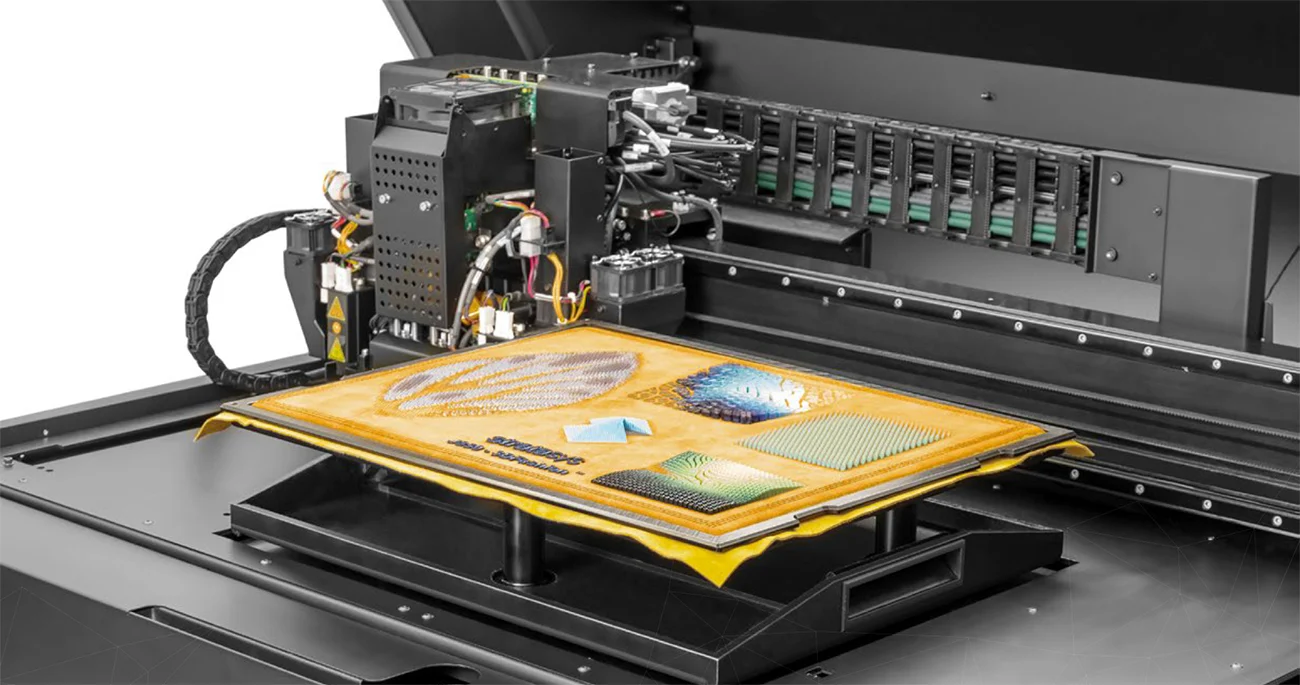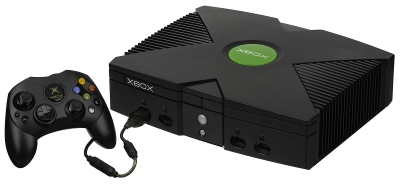
Your mother wants to make a duplicate set of the house keys. That would involve a visit to the local key-maker. Wouldn’t she be relieved if you could make her a set sitting right at home? Well, that day is not too far into the future and best of all, it’s not science fiction. 3D printing is here!
Additive manufacturing
3D printing is not really new. It is a type of additive manufacturing or AD, which itself means creating an object by adding material to it layer by layer. AD is also known as stereo-lithography, 3D layering and 3D printing 3D printing can be compared to stalactites and stalagmites in limestone caves or to coral reefs. Both are built by adding material layer by layer, bit by bit, until they form a solid structure. This natural process is very slow. In 3D printing, the design is precisely engineered with computer software. The computer directs the printer on how to add the layers.
Used in diverse fields
3D printing was earlier used to build prototypes or models of objects. Now there are a variety of printers that can create products in a vast number of fields. Already available in the market are 3D printers that can roll out anything from a precision-moulded car part, a designer chocolate and a customised toy to artificial limbs, dentures and even living human tissue for building organs!
First, a 3-D model is produced on computer using CAD or computer-aided design software. CAD can also tell you how the model will work when made with the kind of material you are using. In fact, the working can be seen using virtual simulation. The second step is converting the CAD model to a format that will work with the designated printer and then transferring it to the computer that controls the printer. Just as with a normal laser or inkjet printer, you can feed in the size and orientation (landscape. portrait, etc). Each kind of printer uses different materials (printing inks/toners) to build the object-cheese or chocolate for food items and liquid polymers or other chemical binders for making inedible objects like car or aeroplane parts or dental fixtures or even live cells to produce human tissue (bioprinting). The object is layered on a tray made of material that is water-soluble. Once the object is created, this support can be easily removed!
The machine may take hours or days to complete the object and it can take more time to cool, set or cure till it is fit to handle and be used.
It’s expensive, right now
3D printers are expensive right now, ranging from $30,000 to $80,000. However, as the technology evolves, the cost is expected to come down and you may eventually be able to print a set of keys at home!
Critics of 3D printing feel that the technology may be misused to print weapons. One nervous state in the U.S. has already passed a law banning 3D plastic and metal guns, and taken down a website that showed people how to make them!
Did you know?
A family in France became the first in the world to move into a 3D printed house in July 2018. The four-bedroom house took 54 hours to print, with an additional four months for contractors to add doors, windows and the roof! The design of the house was programmed into a 3D printer which worked by printing the walls in layers from the floor upwards. The cost of construction was 20 per cent less than that of a traditionally built house.
Picture Credit : Google





